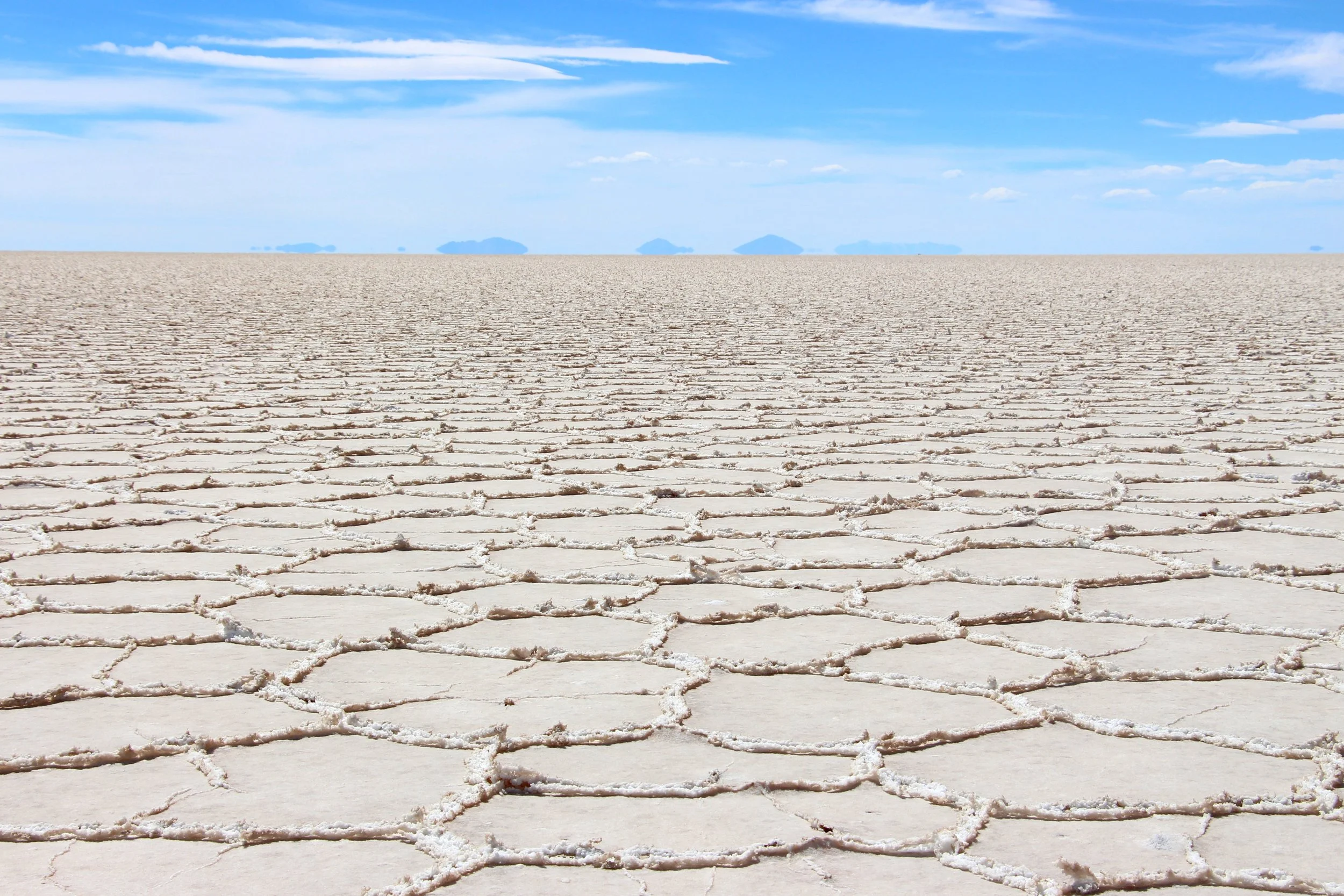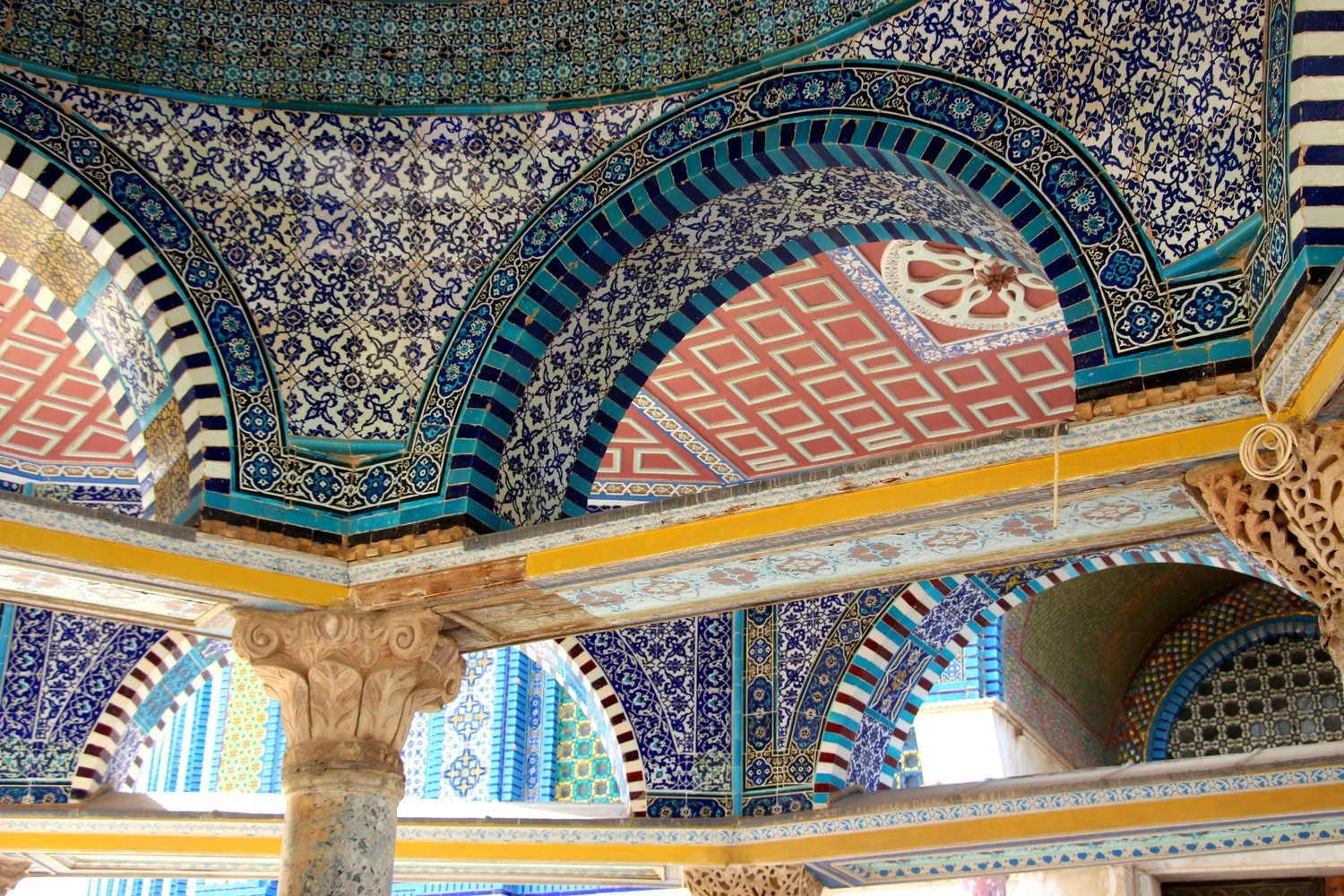Below is the breakdown of our wonderful time in the Wild Coast. Also, Click Here to view our Wild Coast and Drakensberg Photo Gallery!
We woke up before sunrise for the long drive from Jeffreys Bay to Coffee Bay. As we got closer, it became apparent that we were arriving at the “Wild” coast. The roads got dodgier and the towns shrunk to rural villages.
We arrived at Coffee Bay and decided to stay at the Coffee Shack. Very laid back vibe with fun travelers and a close walk to the beach. We surfed every day, hiked, enjoyed the beach and ate some of the amazing food cooked by the local chefs.
We crossed a stone path across this stream to get to breakfast and dinner every day!
Nelson Mandela curtains are an obvious must for any modern hut!
In Coffee Bay, the effect tourism has on a village is much more apparent. The Coffee Shack makes a very conscious effort to curb the bad effects of tourism and enhance the good. There are instructions everywhere on how to be a responsible visitor and they’ve set up a sponsorship program for secondary school scholarships. I don’t want to spoil anything but you may soon be reading a post about how to be a more responsible traveler. It’s just too important.
After Coffee Bay we headed to the mountains. The Drakensberg is a region of breathtaking mountains carved many moons ago. First stop was the Southern Berg where we stayed at Sani Lodge. The owner, Russell, is a fascinating guy and he and his wife promote projects with the Bushmen (the indigenous population that descends from the first men of Africa) to try and encourage their economy. It’s worth the visit just to listen to his knowledge of the area and it’s history.
In the Southern Berg we had another delight. On a trip like ours, stuff doesn’t always work out. But sometimes, you walk into the most charming farm cafe, get greeted like you’re family and informed that they’re just about to take today’s special, homemade lasagna, out of the oven. Blakely almost wept. The farm also has an art gallery, a petting zoo (for Ryan) and homemade ice cream!
After that heaven, we headed to Central Berg for the World Heritage site and the Rock Art. We weren’t disappointed. If the gigantic mountains weren’t enough, seeing art that is carbon dated back 5,000 years put our existence into a nicely miniscule perspective.
"I'm not sure...it could be a person. Or a lion. Or an antelope actually."
In Central Berg we stayed at Inkosana Lodge which has gorgeous grounds and views of the surrounding mountains. It’s also conveniently close to Valley Bakery which has delicious sandwiches and homemade sweets. Another favorite!
So ends our South African Road Trip. We’ve survived the pot holes, enjoyed breathtaking nature of all types and learned so much along the way. We’ll forever be grateful to the people of South Africa for welcoming us into their beautifully diverse home.
Next up: Johannesburg and volunteering with the Lonely Road Foundation!
That's What We Did on the Wild Coast and Drakensberg and Click Here to read What We Learned. Or Click Here to view our Wild Coast and Drakensberg Photo Gallery!







